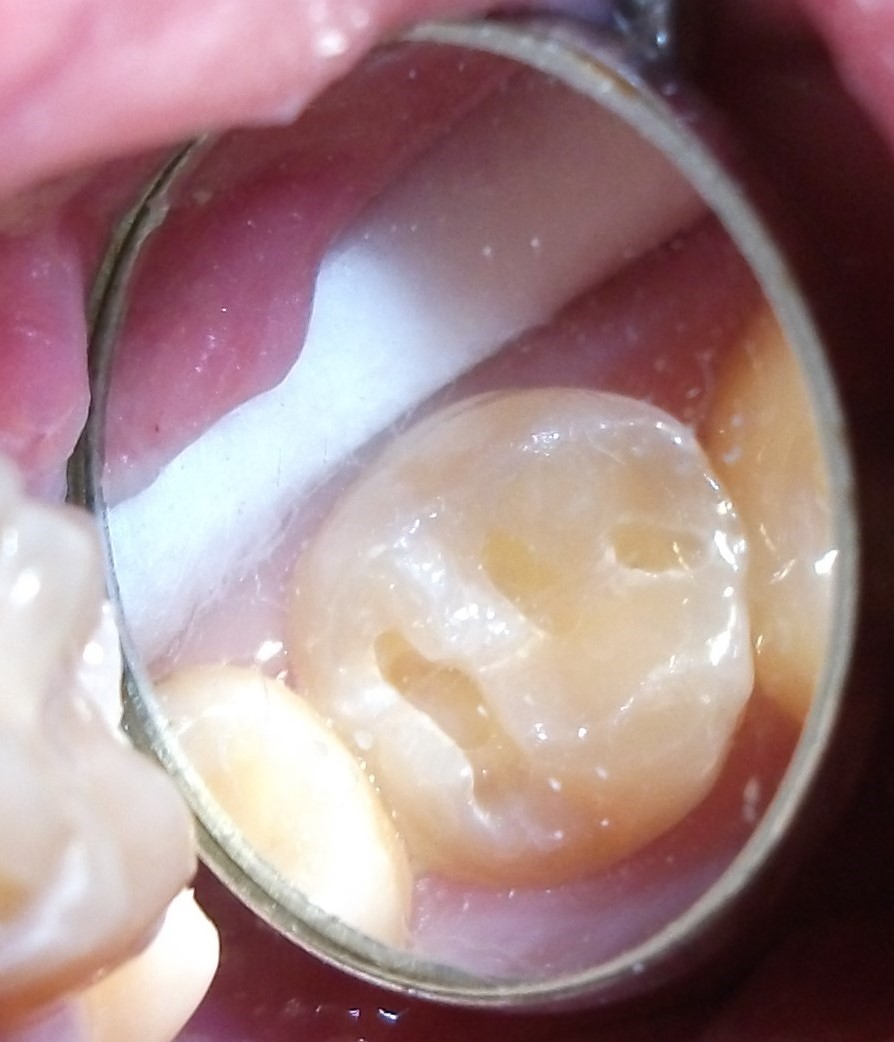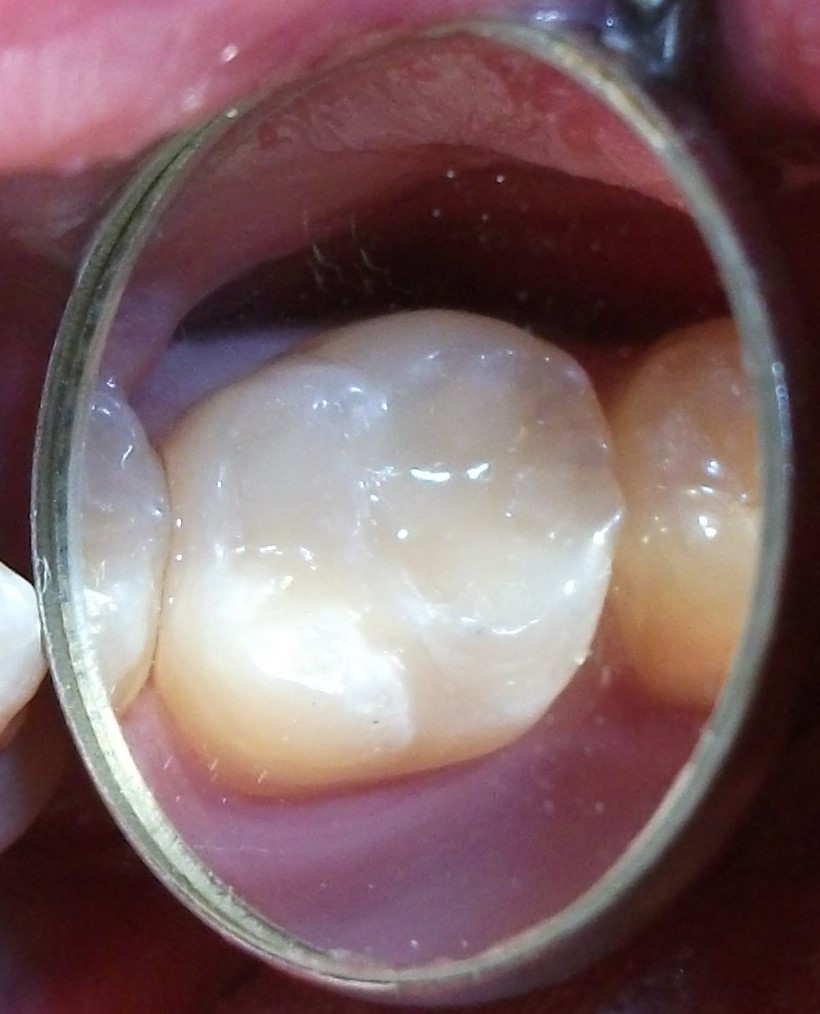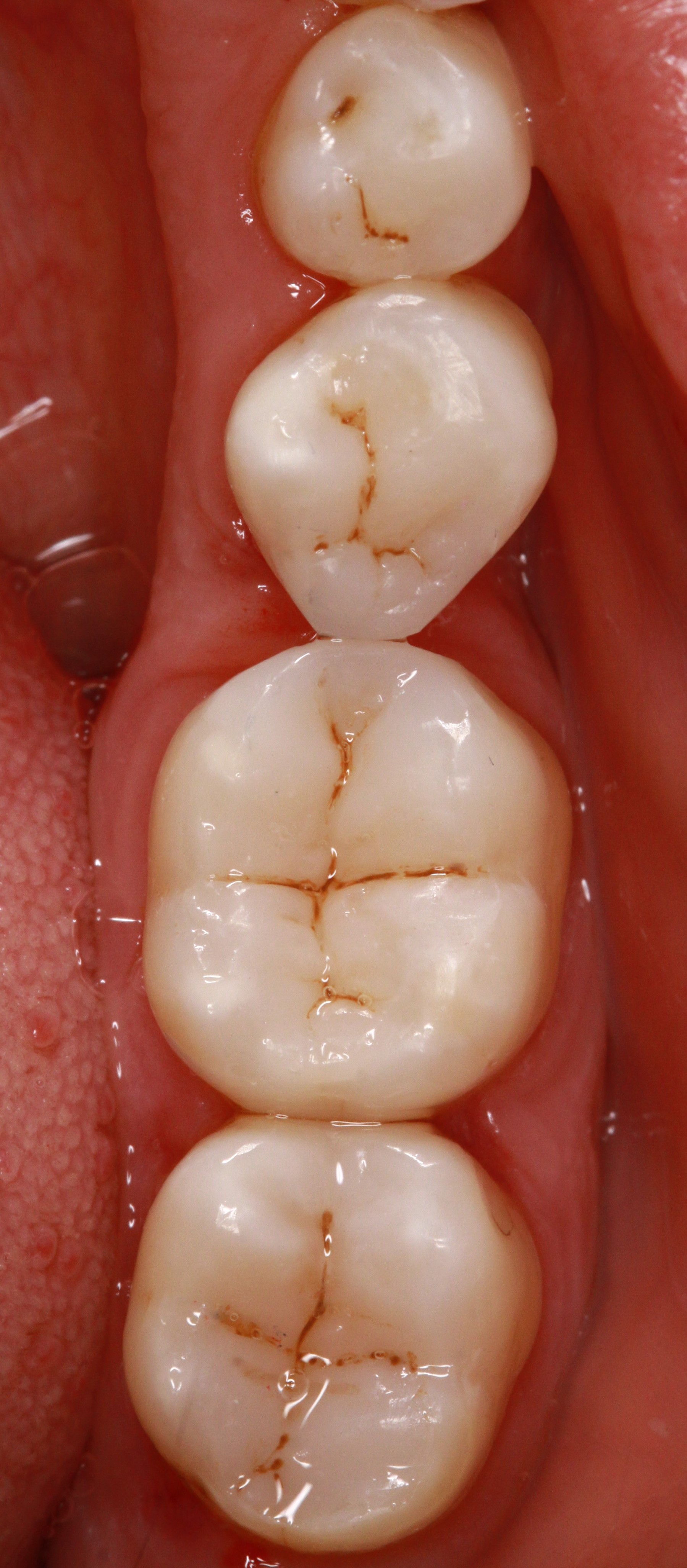Optical magnifiers in dental technology
Optical magnifiers in dental technology
Precision work – this term highlights the quality results expected in dentistry and dental technology for prosthetic restoration. Magnifying spectacles, headband magnifying instruments or stereomicroscope contribute to achieving these quality results. Their magnification enables dental restorations to be fabricated to a high degree of precision. Using these magnification aids the required precision of fit in dental medicine and technology (crown marginal gap accuracy <50µm) comes much closer.
Application
Magnification aids in the form of magnifying spectacles or headband magnifiers can be used to improve vision during manual trimming/polishing of restorations in the dental laboratory. Their magnification factor can be 2.5 to 6 times the actual size of the restoration, depending on the model selected.
The use of stereomicroscopes can be even better, however, as their magnification factors – also depending on the model – are much greater than these values (up to 100x). Like magnifying spectacles or headband magnifiers they can be very easily positioned ergonomically: they generally have spring-joint support and can therefore be easily aligned to the user's working posture.
Function
With stereomicroscopes each eye observes "its image" from its own viewing angle, which is captured by a lens via the respective eyepiece. "The images" are not combined to form a three-dimensional picture until they reach the user's brain.
Viewing the details of the restoration using magnifying spectacles, headband magnifiers or a stereomicroscope is aided by the "reflected light" of the laboratory workstation or cold or LED light (Light-Emitting Diode). These light sources are optionally available for magnifying spectacles and headband magnifiers and are integrated in stereomicroscopes. They illuminate the work area so well – assuming good quality products adjusted correctly to be shadow-free – that the user can work for a long time without suffering eye fatigue.
Options
When choosing magnifying spectacles, headband magnifiers or stereomicroscopes it is essential to note: with identical magnification (e.g. 2.5x) the viewing field expands in proportion to increases in the working distance. But: with an identical working distance the viewing field reduces. The greater the magnification – from 2.5x over 3.5x, 4x, 5x to 6x – the more the section of the working area which can be viewed shrinks.
For this reason the user should consider very carefully for which purpose the purchase will be used and if maximum magnification is necessary for each case. It can sometimes be practical to select a low magnification in favour of a larger viewing field.
Duration of use can also be a criterion for selection: if the restoration is to be viewed under magnification during the entire working time, magnifying spectacles or a headband magnifier may be more appropriate. If optically supported observation is only carried out at the final preparation stage or final check, a stereomicroscope may be the correct choice.
When purchasing magnifying spectacles, a headband or stereomicroscope, preparation of a restoration should be simulated using different types of products – for example dental crowns and bridges with a pronounced surface relief are ideal. This also tests the ease of use of the respective product – an important criterion for daily long-term use.
Want to give it a try ...
... or need professional advice?
Get in touch with us or click Contact.
Word of the day
| English | German |
|---|---|
| bench set | an der Luft abbinden lassen |
Focus text of the month
Composites also composite (from the Latin componere = to compose) are tooth-coloured filling materials with plastic properties used in dental treatment. In lay terms they are often referred to as plastic fillings, also erroneously sometimes confused with ceramic… Composites also composite (from the Latin componere = to compose) are tooth-coloured filling materials with plastic properties used in dental treatment. In lay terms they are often referred to as plastic fillings, also erroneously sometimes confused with ceramic fillings due to their tooth colour. After being placed in a cavity they cure chemically or by irradiating with light or a combination of the two (dual-curing). Nowadays, composites are also used as luting materials. The working time can be regulated with light-curing systems, which is a great advantage both when placing fillings and during adhesive luting of restorations. Dual-curing luting materials are paste/paste systems with chemical and photosensitive initiators, which enable adequate curing, even in areas in which light curing is not guaranteed or controllable. Composites were manufactured in 1962 by mixing dimethacrylate (epoxy resin and methacrylic acid) with silanized quartz powder (Bowen 1963). Due to their characteristics (aesthetics and advantages of the adhesive technique) composite restorations are now used instead of amalgam fillings.
The material consists of three constituents: the resin matrix (organic component), the fillers (inorganic component) and the composite phase. The resin matrix mainly consists of Bis-GMA (bisphenol-A-glycidyldimethacrylate). As Bis-GMA is highly viscous, it is mixed in a different composition with shorter-chain monomers such as, e.g. TEGDMA (triethylene glycol dimethacrylate). The lower the proportion of Bis-GMA and the higher the proportion of TEGDMA, the higher the polymerisation shrinkage (Gonçalves et al. 2008). The use of Bis-GMA with TEGDMA increases the tensile strength but reduces the flexural strength (Asmussen & Peutzfeldt 1998). Monomers can be released from the filling material. Longer light-curing results in a better conversion rate (linking of the individual monomers) and therefore to reduced monomer release (Sideriou & Achilias 2005) The fillers are made of quartz, ceramic and/ or silicon dioxide. An increase in the amount of filler materials results in decreases in polymerisation shrinkage, coefficient of linear expansion and water absorption. In contrast, with an increase in the filler proportion there is a general rise in the compressive and tensile strengths, modulus of elasticity and wear resistance (Kim et al. 2002). The filler content in a composite is also determined by the shape of the fillers.
Composite restorations Conclusion |

 Minimally-invasive preparation and
Minimally-invasive preparation and  indiscernible composite restoration
indiscernible composite restoration